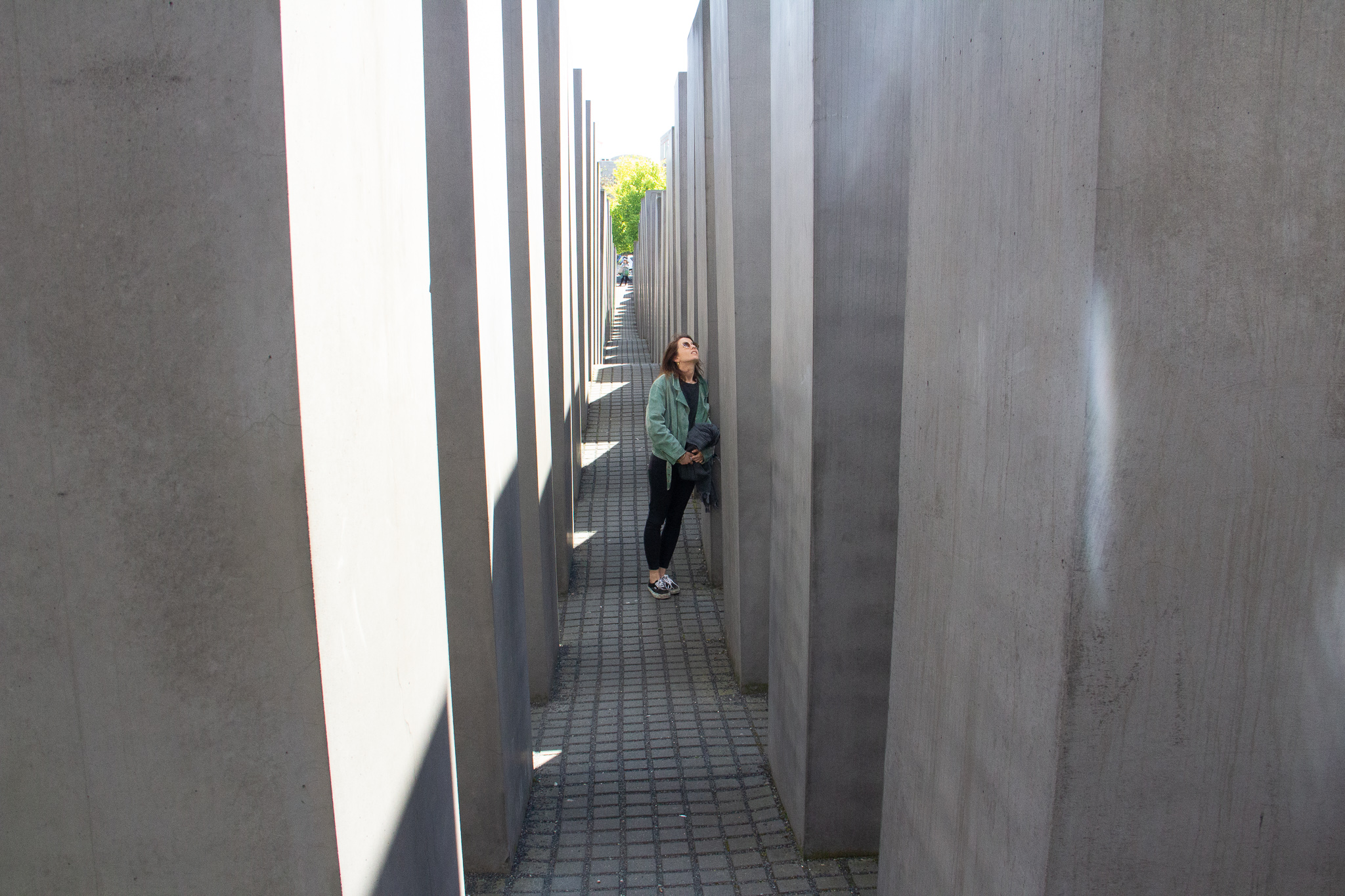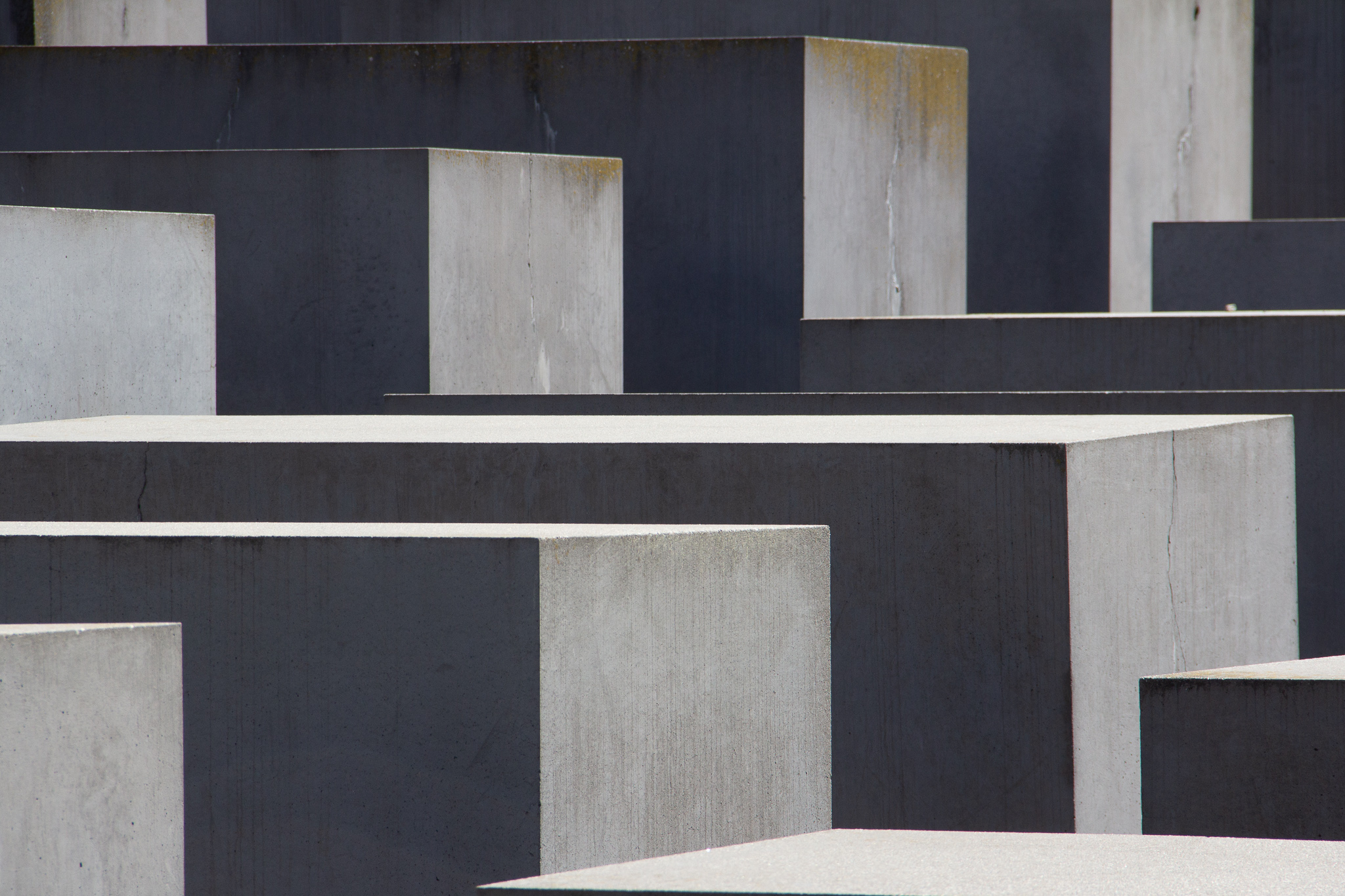Mural in former East Berlin
Three days. That is how long I have been in Berlin. But the spicy sausages of Prater Garten I ate upon arrival three days ago are now a distant memory away. My thoughts are currently occupied with this unique city’s history. Berlin is a very east meets west sort of place. And not in that traditional, obvious east communistic Russia verse the capitalistic west sort of way, because that is just an understatement. Walking down the cobblestone of Berlin’s streets, smelling cigarette smoke in the air and walking past doner kebab restaurant after doner kebab restaurant, with some falafel joints sprinkled in between, I find that Berlin reminds me of my time in the Middle East. That is if the Middle East ran away from home, got a tattoo and had a love child with a techno artist. You will find that taking a stroll about anywhere in this city, you will see people of all shades and often hear Turkish, Arabic and Farsi regularly spoken. This is normal, a result of mass immigration from the Middle East. This is Berlin.
Getting into the historic east versus west deal of Berlin is another story entirely, one I’m not sure I’m qualified to explain. But what I can tell you about is how the vibrant, graffitied streets that are lined with flower shops, advertisements, and Berlin’s finest hipsters, slowly disintegrate the more east of the city you go, until you find yourself like me: on the wrong M tram, lost in a neighborhood of white, concrete cube apartments, a remnant of east Berlin’s communistic architecture.
Berliner Dom
Memorial to the Murdered Jews in Europe
Circle back around and you find yourself in Mitte, Berlin’s central district and a place filled with seemingly antique buildings and museums, beautifully decorated with statues and intricate stonework. What one may think is part of this city’s far past are fairly new structures, built in the early 20th century. Then there is Berlin Fernsehtrum, an iconic TV tower and essentially the city’s middle finger, originally constructed to symbolize communist power. And among it all, a grid of stone prisms in the Memorial to the Murdered Jews in Europe. Berlin, and the rest of Germany, is well aware of its past and according to our tour guide, is adamant about not trying to cover it up. And while the memorial, placed in the center of the city for all to see, is a symbol for lost lives of the Holocaust, this was my strangest experience while I have been here. For me, a memorial is somewhere you quietly reflect and while I understand we all reflect differently, I don’t seem to understand why some choose to “reflect” by jumping from prism to prism, selfie-sticks in hand. But more on that later.
Berlin is still throwing me for a loop, but for now I am taking a break from the its deeply rooted history. Instead, I will be exploring its techno scene. As for tonight, I’ll see you at the Kit Kat Club.











